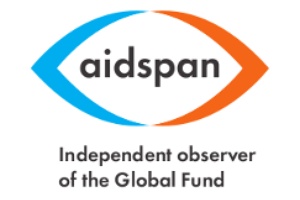Aidspan releases new analysis of TB drug pricing trends
The analysis illustrates important differences in costs of anti-TB medications and highlights potential areas of intervention for initiatives aimed at accelerating progress towards achieving global TB targets, through increasing access to affordable anti-TB medications.
The global strategy for fighting the spread and impact of TB is heavily supported by the Global Fund through multiple grants to national TB and HIV programs. This can represent up to three quarters of funding for programs in high-burden countries. A large proportion of those funds are used to buy medicine and other commodities.
In a working paper
Examining the trends in costs of medicines for
drug-susceptible and drug-resistant tuberculosis from 2010
– 2013; an analysis of Global Fund PQR data, published
here, Aidspan examines cost trends for selected TB medications
purchased with Global Fund support.
The analysis
compares both costs for first- and second-line treatments
over time and costs paid by the 22 high-burden countries (HBC)
compared to the low burden countries (LBC).
Study findings show the median cost of all
first-line TB medications was significantly lower in HBC
compared to LBC with pediatric formulations about half the cost
of adult medicines. There was no similar variation in costs of
second-line treatments between high- and low- burden countries.
Unit costs of second-line treatments were up to 100 times higher
than those of first-line formulations. A rising trend was
observed for first-line treatments over the four years;
second-line treatment costs, with the exception of capreomycin,
reduced over time.
The slow declining trends in the
costs of second-line treatments and first-line treatments in
LBC may be attributed to the role of the Global Drug
Facility (GDF) in obtaining competitive prices through pooled
procurement. Conversely, the costs of first-line treatments in
HBC show characteristics of a mature market. Some of the
differences in costs for pediatric and adult first-line drugs
appear to coincide with the disbursement of grants by UNITAID to
subsidize the cost of pediatric anti-TB drugs.
This
analysis illustrates important differences in costs of anti-TB
medications and highlights potential areas of intervention for
initiatives aimed at accelerating progress towards achieving
global TB targets, through increasing access to affordable
anti-TB medications.
Source:
Aidspan


